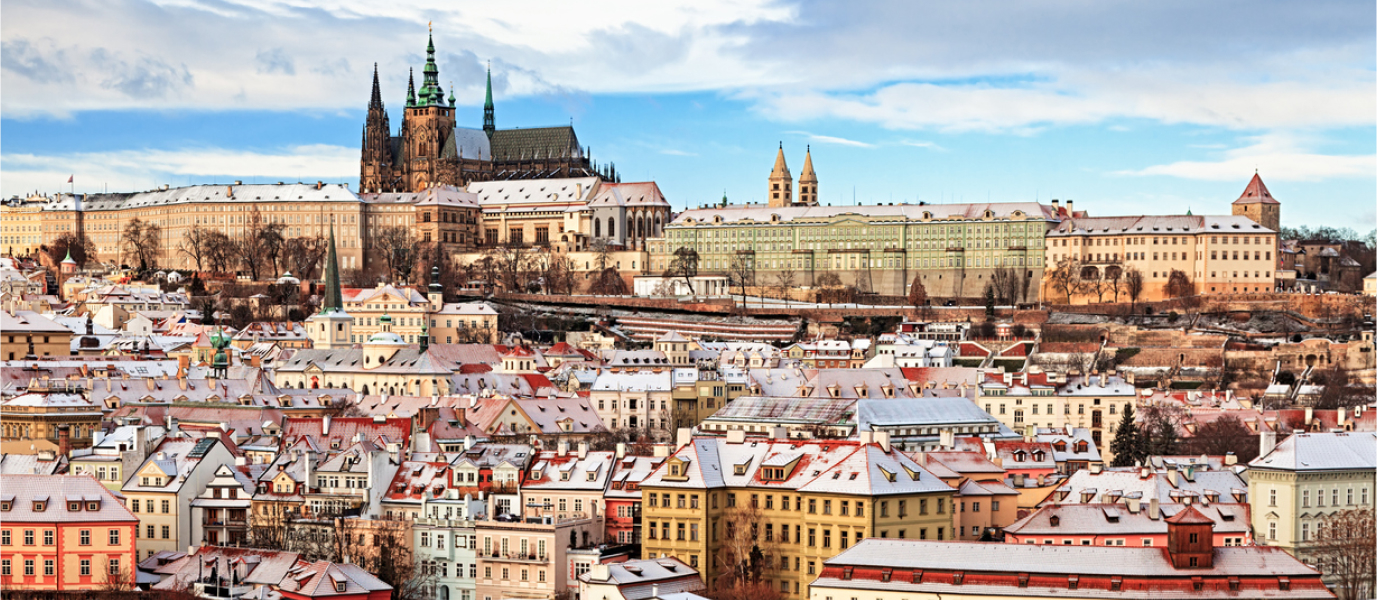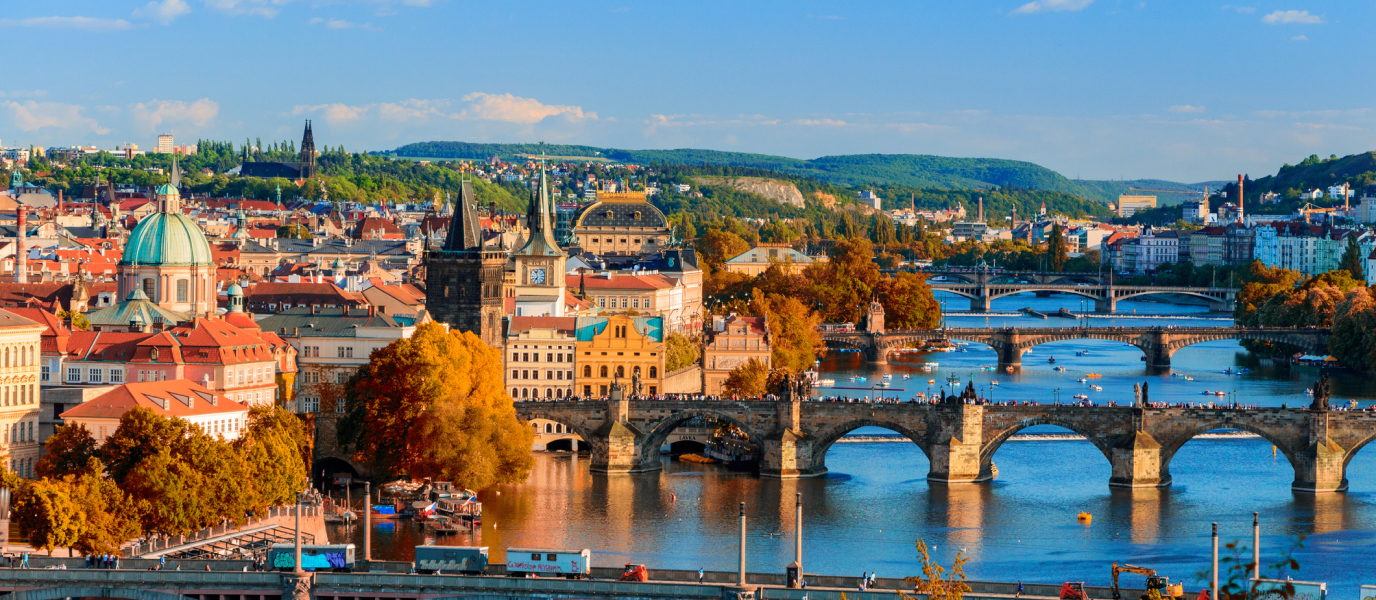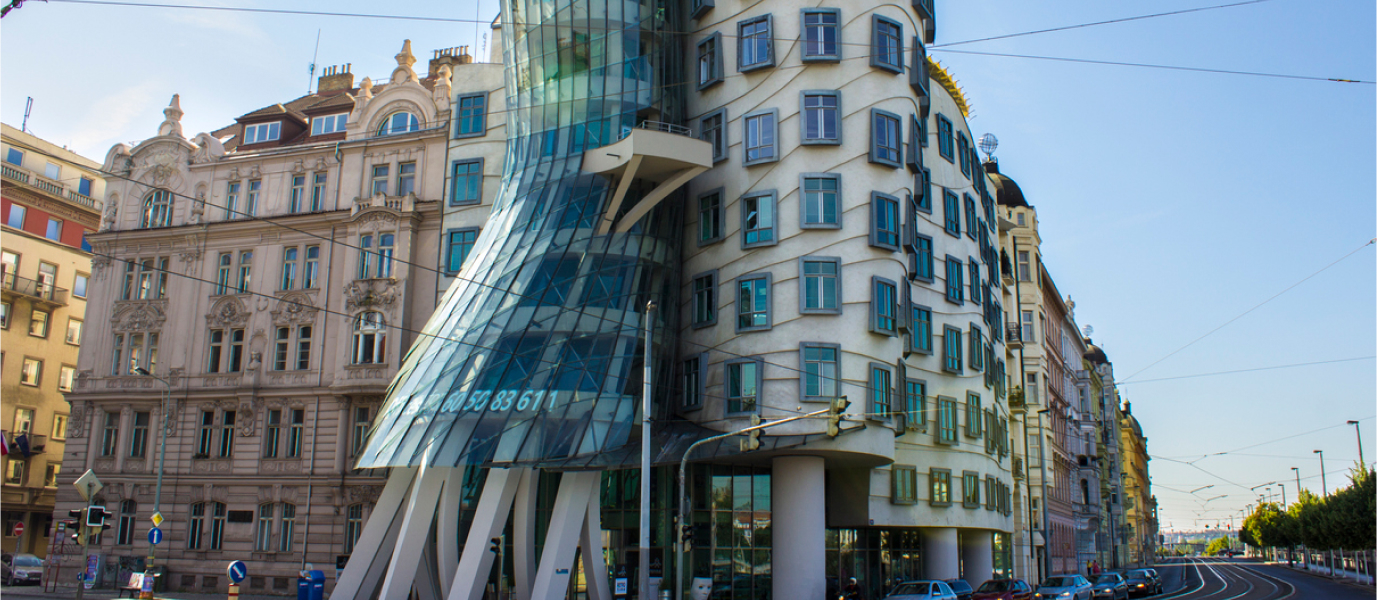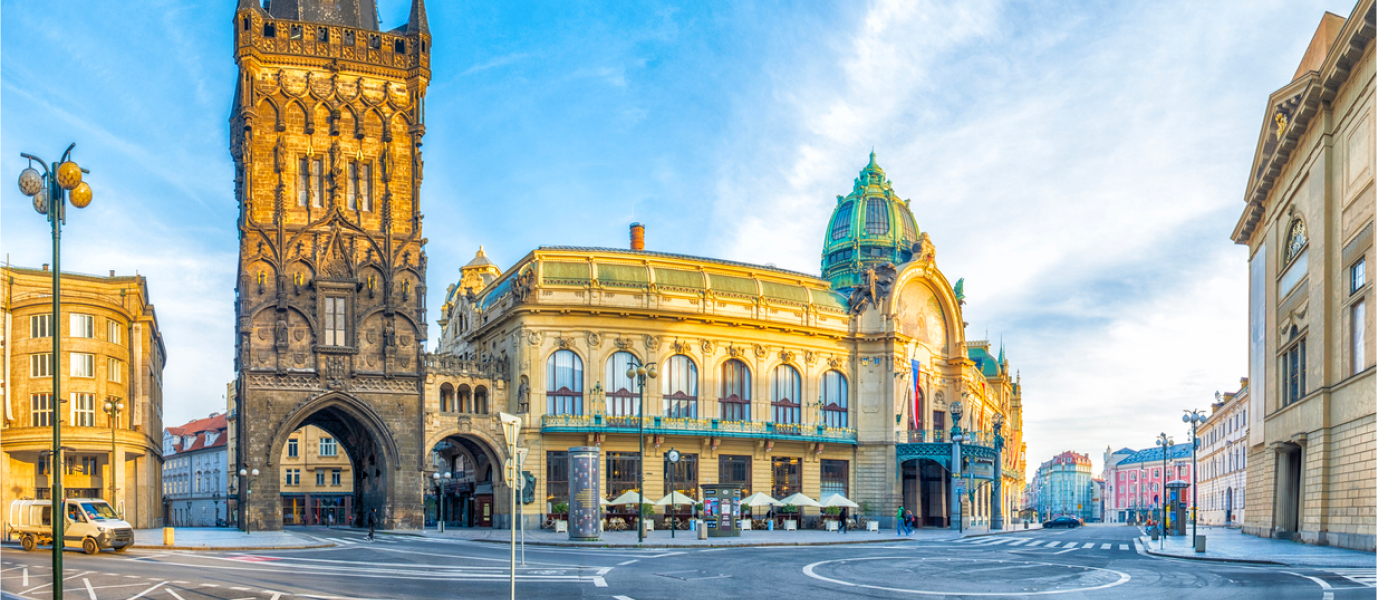St Vitus Cathedral, built during the age of Gothic splendour, stands within Prague Castle. It is the Czech Republic’s most important cathedral, and one of the most magnificent in Europe. And, like almost all great buildings, its construction spanned centuries. Building began in 1344 during the reign of King John of Luxembourg, and was not completed until well into the twentieth century. Among other great treasures, it houses the Crown Jewels, the tomb of St Wenceslaus, and the Art Nouveau stained-glass windows designed by an almost modern artist, Alphonse Mucha, to whom Prague has dedicated a museum. The Cathedral has also been the setting for the coronations, weddings and funerals of all the kings and emperors of Bohemia. The Cathedral, though Catholic, belongs to the State; however, this is not a recent phenomenon—it has been the case ever since work on the building began in the fourteenth century.
St Vitus, stone by stone
But let’s go one step at a time. The first stone of the Catholic Cathedral of St Vitus was laid by Emperor Charles IV in 1344 on the remains of an ancient Roman basilica, and the work was begun in a French Gothic style by the architect Matthias of Arras. Matthias of Arras only lived for another eight years, and so the work was continued by the German, Petr Parler, but this time in a late Gothic style. Both architects are interred in the Cathedral—in the Chapel of St Mary Magdalene, to be precise. Over the following centuries, Renaissance and Baroque architectural features were added, until the building was completed in 1861. The church was finally consecrated much later, in 1929.
The tower of Prague Cathedral
If you wish to see one of the most astounding features of Prague cathedral, make your way to the transept, and have a look at the painting of the Last Judgement. Close by you can access the cathedral’s great tower, which stands 96 metres high and is a treat for those who love spectacular views. Be brave and climb the 297 steps of the spiral staircase to get to the top. As you climb, you will also get a close-up view of the bell-tower machinery. If you can cope with the climb, it is an experience not to be missed. From the top, you will have a delightful picture-postcard view of the Charles Bridge, the Old Quarter (Staré Město), and the Little Quarter (Malá Strana).
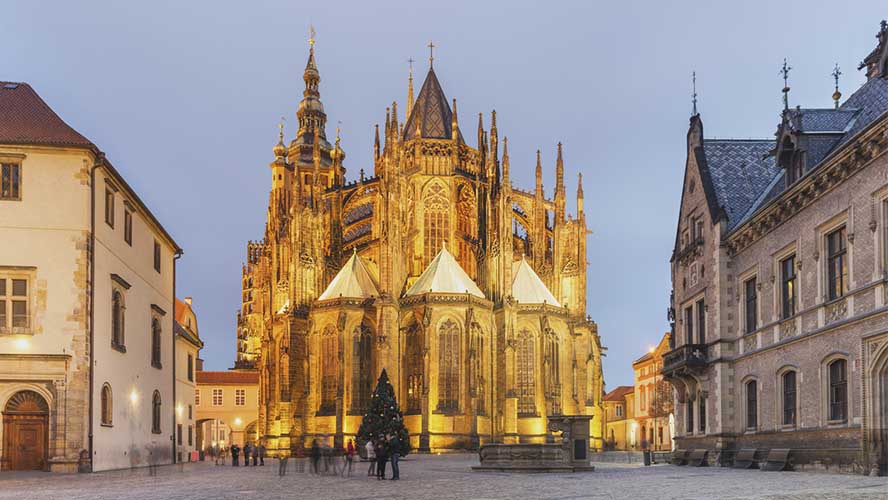
In the heart of the Cathedral of St Vitus of Prague is the royal mausoleum (1571-1589), with its marble statues of Ferdinand I, his wife Anna Jagellonica, and their son Maximilian II. However, the cathedral’s most famous tomb is that of the Saint for whom it is named: St Vitus. Visitors can also see the tomb of St John of Nepomuk, made with two tonnes of silver, and watched over by fair-haired angels. A few steps away is the royal oratory, a symbol of the King’s sovereignty, which was completed in 1490, and the royal crypt, with marble sarcophagi of Czech figures including Charles IV, Wenceslaus IV (the Good King), George of Podebrady, and Rudolf II.
A chapel encrusted with semi-precious stones
Without any doubt, the Cathedral’s most impressive side-chapel is that of St Wenceslaus, Czech state’s patron saint, because its walls contain fragments of semi-precious stones, and because the paintings adorning its walls date back to at least the sixteenth century. This chapel, which is locked with seven keys, has a half-hidden staircase leading to the crown chamber which houses, among other jewels, St Wenceslaus’ gold crown which was made in 1346 for Charles IV. Obviously, this is why St Wenceslaus’ chapel is one of the most visited parts of St Vitus Cathedral.
A fact to remember: the bell in the cathedral’s bell-tower is known by the name of Sigismund, and is believed to be the largest bell in the Czech Republic.
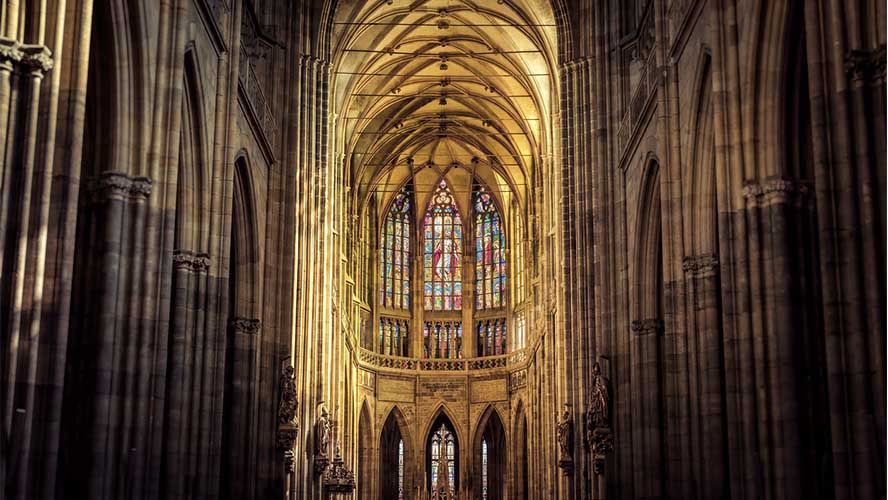
Sigismund, and is believed to be the largest bell in the Czech Republic.
What to see in the Cathedral of St Vitus of Prague
To sum up, on your visit St Vitus Cathedral, don’t forget to see:
- The gilded doorway, bearing a scene from the Last Judgement, an 80-m2 mosaic made by Venetian artists. This is where the kings entered the building for their coronations.
- St Wenceslaus’ Chapel, which houses the relics of the Saint and the jewels used in coronation ceremonies. And don’t forget to look at the walls encrusted with semi-precious stones.
- The tomb of St John Nepomuk, which was made using thousands of kilos of silver.
- The Art Nouveau stained-glass windows by Alphonse Mucha.
- The royal mausoleum, the last resting place of the Bohemian Kings: Charles IV, Wenceslaus IV and Emperor Maximilian II.
- The South Tower viewing point, which is reached via a spiral staircase.
A recommendation for the Cathedral of St Vitus
We advise that you plan your visit to St Vitus Cathedral for first thing in the morning. You will avoid the queues and you will be able to enjoy seeing the works of art and the jewels at your leisure.
An interesting fact
On 23 April 1997, Cardinal Miloslav Vlk promulgated a decree restoring the Cathedral’s original name: Cathedral of Saints Vitus, Wenceslaus and Adalbert. To little effect, as everyone here knows the building as St Vitus Cathedral.




































































